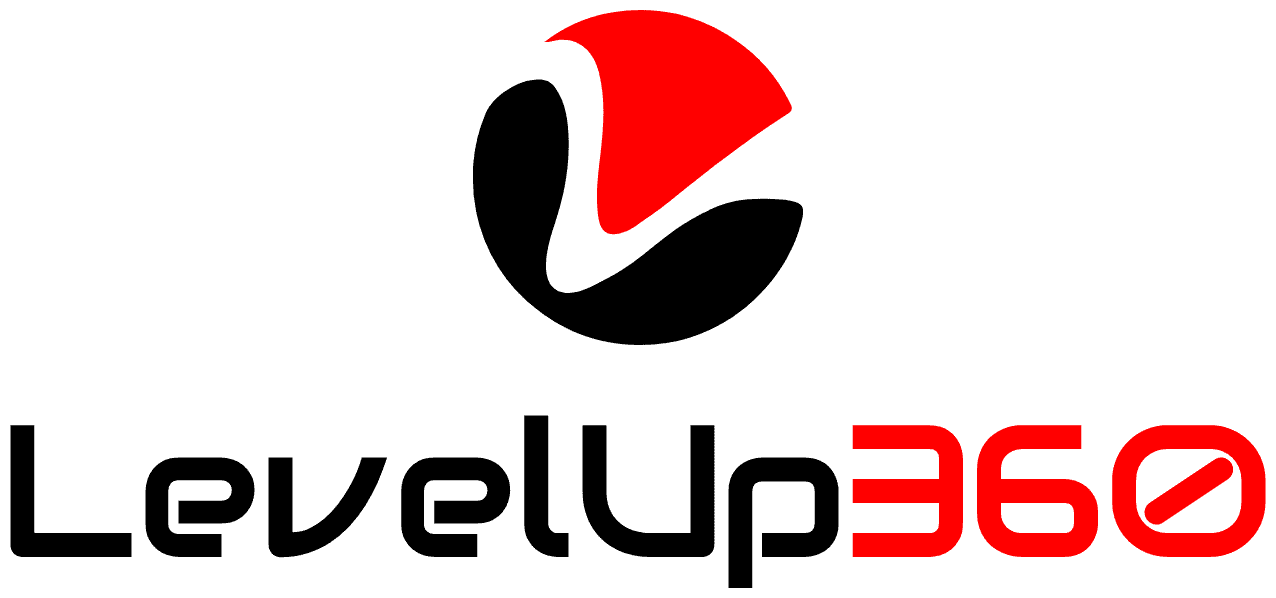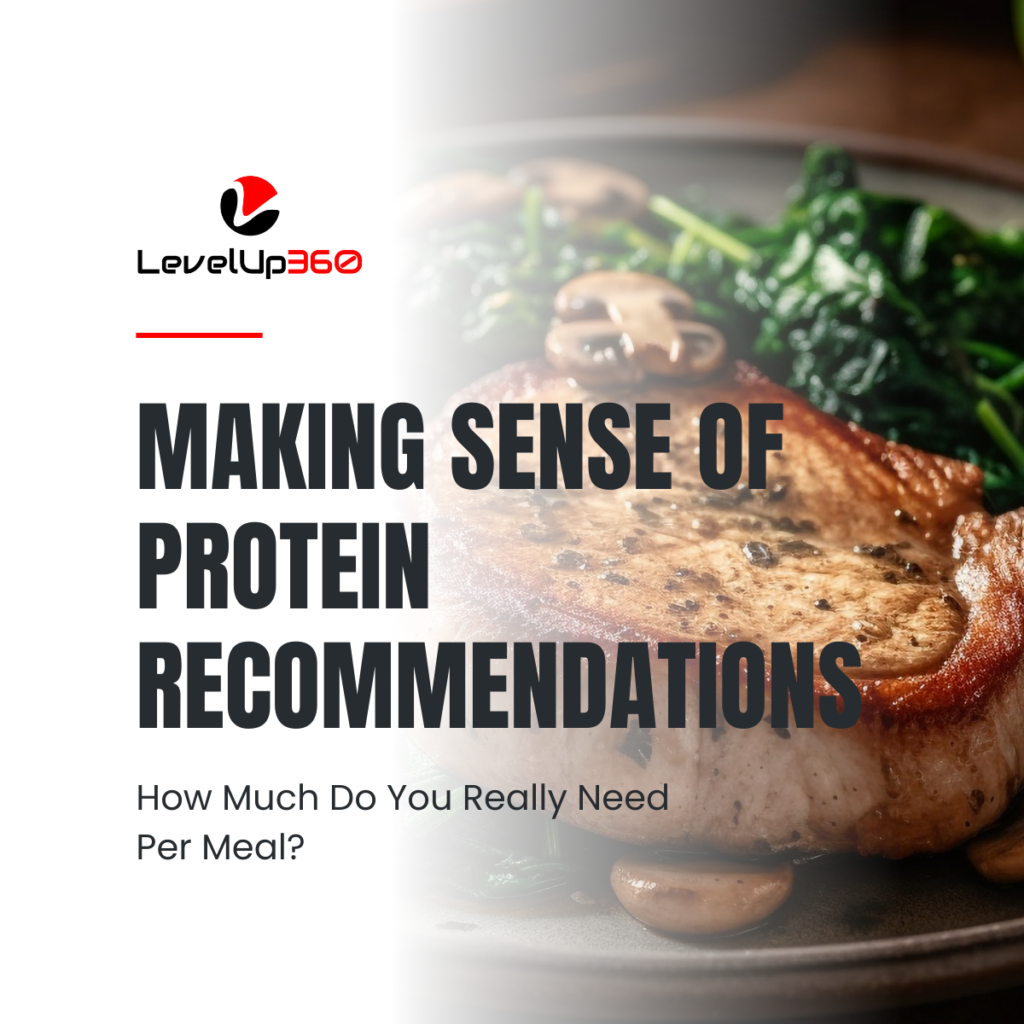
From Skinny to Athletic: 10 Common Mistakes and Strategies That Would Have Save Me Years of Frustration and Lack of Meaningful Progress
Do you feel like you don’t have much muscle mass or definition, yet you still have stubborn body fat you can’t seem to lose? I hear you. That was me 23 years ago. During my teens and twenties, I dealt with serious body image issues and lacked muscle mass.
When I was in my twenties, I decided to do something about it and joined a gym, starting strength training. Although I managed to completely transform my body composition, the reality is I knew next to nothing about how to do it efficiently and I spent years seeing little meaningful progress.
Now, with over 20 years of experience under my belt, I understand I could have achieved twice as much in half the time – if only I had proper guidance.
My aim in this article is to share the knowledge I wish I’d had back then. With the right training, nutrition, and lifestyle strategies you absolutely can go from skinny to athletic regardless of your age. I’ll walk through the top 10 mistakes I see people make (that I also made), and how you can avoid spinning your wheels by proactively addressing each one.
With the right training, nutrition, and lifestyle strategies you absolutely can go from skinny to athletic regardless of your age, and achieve twice as much in half the time.
Top 10 mistakes, and how you can avoid spinning your wheels by proactively addressing each one
Mistake 1: Relying Too Heavily on Cardio
If you want to build an athletic physique, you need to focus on progressive resistance training, not just cardio. Many skinny people spend most of their exercise time doing long steady-state cardio sessions. The problem is that this cardio-dominant approach has limited muscle-building potential.
Yes, adding cardio can create a caloric deficit to support fat loss. However, resistance training is superior for triggering muscle protein synthesis and inducing hypertrophy and strength gains. Cardio alone won’t prompt enough of an adaptive response to pack on slabs of muscle mass.
So how much cardio is too much when you’re skinny and trying to build muscle? Experts recommend limiting cardio to no more than 3-4 moderate 30-minute sessions per week when also lifting weights 3-5 times weekly. Any more cardio on top of your lifting starts to impede strength and muscle gains.
If an athletic physique is your goal, you need to prioritize progressive lifting first. Cardio should play a secondary role in general health. Flip your current exercise ratio if needed – less steady-state cardio, more resistance training.
Mistake 2: Not Following a Progressive Overload Lifting Program
To build muscle efficiently, you need a structured lifting program that pushes you to gradually lift more weight, do more reps, or both over time. This progressive overload principle is the primary driver of muscle growth. If you aren’t getting stronger in the gym week to week, you won’t gain much size.
To track progressive overload, you first need to have a set training program that outlines specific exercises, sets, reps, and weight/load increases each session. For example, you may squat 3 sets of 5 reps with 200 lbs on Monday, then squat 3 sets of 5 reps with 205 lbs the following Monday. The 5 lb increase is your progressive overload.
Ideally, you want to be adding weight, reps, or both each week on your core compound lifts like squats, deadlifts, presses, and rows. Not just randomly lifting – methodically progressing. You can track weights lifted and reps achieved over time to quantify your gains.
If your lifting workouts lack structure and progressive overload, you’ll inevitably plateau. Follow a programmed routine from an experienced coach or trainer. Getting stronger is the key to getting bigger. Have you set new rep or weight PRs recently?
Mistake 3: Lifting Too Infrequently
When you’re just starting out with lifting, your muscles are primed to grow. A higher training frequency of 3-4 days per week is recommended initially to take advantage of your adaptive potential as a novice. This higher volume of quality sets will trigger robust strength and size gains.
Many novice lifters mistakenly think they need to spend hours in the gym each day to see results. In reality, just 3-4 days of 45-60 minute lifting sessions per week executed with good form is enough stimulus for newbies. More frequency is not always better – you need recovery too.
For each lifting session, aim to progressively overload your main compound movements first before smaller isolation lifts. Remember that muscle growth happens when you rest and recover between workouts, fuelled by enough protein and calories. Don’t burn yourself out with unnecessary extra sessions.
If you’re not committing to at least 3 days of lifting per week right now as a beginner, reassess your schedule. This lifting frequency is crucial for starting your muscle development journey. Are you strength training at least 3 days weekly?
Mistake 4: Not Prioritizing Heavy Compound Lifts

The foundation of any muscle-building program should be heavy compound lifts. Exercises like squats, deadlifts, bench presses, overhead presses, bent-over rows, and pull-ups activate multiple large muscle groups at once. This triggers a bigger adaptive response versus isolation lifts.
As a beginner, your time is best spent mastering proper form on the 6-8 core compound lifts. These exercises will build overall mass fast. Don’t waste your initial lifting sessions only doing curls, tricep extensions, calf raises and machine work.
Once you have built a base of strength on heavy compounds, then add in some higher rep isolation lift sets for more specific muscle development. But the majority of your time should be spent squatting, deadlifting, pressing, and rowing. Are compound lifts the cornerstone of your current program?
Prioritizing heavy barbell compound lifts is especially important for a novice. The stability and coordination required to lift more muscle fibres, spurring increased development. Follow a structured program focusing on progressive overload in core compounds first before isolation work.
Mistake 5: Being Unsure Whether to Cut or Bulk First
When you’re skinny, should you cut first or bulk first? The answer depends on your current body fat percentage. Here are some general guidelines:
Men:
Below 15% Body Fat – Lean Bulk
Above 15% Body Fat – Cut to get into the 10-15% range first before bulking
Women:
Below 25% Body Fat – Lean Bulk
Above 25% Body Fat – Cut to get into the 20-25% range first before bulking
The reason you want to get into the 10-15% body fat range (men) or 20-25% range (women) first is twofold:
- Being leaner makes it easier for you to see small muscle gains. At higher body fat levels, gains are obscured.
- You need to cut away excess body fat to make quality lean bulking more productive long-term. Bulking on top of already excess fat just adds more fat.
If you aren’t sure of your current body fat percentage, get it measured via a DEXA scan or use the Navy Body Fat method. This will tell you whether to cut or bulk first when skinny. Are you in the optimal range?
Mistake 6: Dirty Bulking or Gaining Weight Too Fast
Bulking does require being in a caloric surplus, but that doesn’t mean you need to be in a massive 500+ calorie surplus and gain weight rapidly. The faster you gain weekly or monthly, the likelier it is that the weight is going to be more fat than muscle.
Research shows beginners can effectively build muscle at a rate of just 1-1.5% of body weight per month. For a 150 lb trainee, that’s only 1.5-2.25 lbs gained monthly. Anything more than about 1% monthly will likely be excessive fat gain.
The key is lean bulking – a modest caloric surplus of only 200-300 calories above your maintenance needs. This supports steady muscle growth with minimal fat accumulation. You should be gaining no more than about 1-1.5 pounds monthly as a novice lifter. Bulk too aggressively and you will need longer cuts.
Slow and steady weight gain keeps you looking lean. Impatience is what leads to dirty bulking and unnecessary fat gain. Are you monitoring your rate of weight change weekly and monthly during your bulking phases? Don’t overdo your surplus.
Mistake 7: Forgetting You Can Recomp as a Beginner
Can you build muscle and lose fat simultaneously as a novice lifter? Absolutely! Beginners can absolutely build muscle while in a caloric deficit – a phenomenon called body recomposition or “newbie gains.”
For trainees with little lifting experience, you can lose fat and gain muscle concurrently (for a while). Experts recommend a modest caloric deficit of 10-20% below maintenance levels for efficiently recomping as a novice.
A deficit of 500-750 calories daily resulting in a 0.5-1.5 pound weight loss per week is reasonable for recomping. Any larger deficit starts to hamper your strength and muscle gains. Follow a progressive lifting program and get enough protein.
The boost in hormones and sensitivity to lifting stimulus as a beginner allows you to lose fat while still building muscle when in a mild deficit. Take advantage of your ability to recomp by focusing on fat loss with lifting until you are lean enough to bulk.
Mistake 8: Lacking Proper Meal Structure and Timing

To maximize muscle growth and fat loss, you need a structured nutrition plan designed specifically to support your goals as a skinny trainee. Here are some research-backed tips:
- Consume 0.7-1 gram of protein per pound of body weight daily spaced out over 3-6 meals. This provides muscles with a steady supply of amino acids.
- Distribute your calories and macronutrients evenly over those 3-6 meals. Don’t go long periods without eating or massive calorie spikes will lead to fat gain.
- Frontload calories toward the start of your day. Higher energy availability early on correlates to greater activity and metabolic rate overall during the day.
- Avoid training fasted if trying to build muscle. Have a balanced meal containing carbs, protein and fat 1-2 hours before lifting for fuel. If you train first thing in the morning, have 30-40 grams of a fast-digesting source of protein 30 minutes before your workout to provide your body with enough amino acids and avoid being in a catabolic state.
Structure and consistency are key for diet success. Don’t take a lackadaisical approach to your nutrition – carefully plan your calories and macros around your lifting schedule. Time your largest meals of the day around your workouts for optimal fuelling.
Stick to a proper meal structure with evenly distributed protein intake to ensure your body has the amino acids always available to support muscle protein synthesis. When bulking or cutting, this approach will help lead you to quicker and more impressive visual changes in your physique.
Mistake 9: Having Bulking and Cutting Phases That Are Too Short
Bulking and cutting phases each need to be long enough in duration to serve their purpose. Unfortunately, many trainees make their bulk and cut cycles way too short. Here are some general guidelines:
Bulking Phases:
- Minimum of 3 months for novice lifters
- Ideally, extend as long as possible (6+ months) if lean bulking
Cutting Phases:
- 8-12 weeks minimum for most trainees
- No need to cut longer than 12 weeks – the goal is just to reduce excess body fat
Short bulking cycles of 4-6 weeks simply aren’t long enough to add significant slabs of muscle. Remember that muscle accrual is a very gradual process requiring progressive overload over an extended period. Give your body enough time in an anabolic state to build size.
Equally, very shortcuts end up being counterproductive. You strip away the fat, but then also catabolize the muscle you built up. Overly aggressive deficits and fast cuts will hamper strength and muscle gains. Take a patient, sustainable approach to both bulking and cutting.
Mistake 10: Neglecting Sleep
You simply won’t build muscle in a deficit if you fail to get enough high-quality sleep each night consistently. Here are some proven tips for enhancing sleep:
- Prioritize 7-9 hours per night consistently for both muscle growth and fat metabolism.
- Maintain a fixed sleep-wake schedule, even on weekends. Consistency signals your circadian rhythm.
- Avoid training, big meals, or stimulants for a few hours before bed – these can disrupt deep sleep.
- Create an ideal sleep environment. Cool, extremely dark room; comfortable sleep surface; no electronics.
- Supplement with magnesium, zinc, and vitamin D which most people are deficient in. Address sleep apnoea if present.
- Do relaxing activities before bed like light yoga, reading, and meditation and avoid stimulating screens.
Poor sleep equals poor results. Optimizing your sleep and recovery habits is just as crucial as your training and nutrition regime. Prioritize sleep above all else – it sets the stage for your entire day and determines the effectiveness of everything else you do.
I created a cheat sheet with strategies to help you optimize your sleep that you can download here: Sleep Secrets Cheat Sheet.

There you have it – the top 10 pitfalls that keep skinny lifters spinning their wheels accompanied by tips to avoid each one. Maintaining consistency with the proper training, nutrition and lifestyle variables is key to shedding fat and packing on muscle over time.
This list gives you a blueprint to completely transform your body composition if you are willing to put in the work. Results won’t happen overnight, but employing these strategies with diligence will set you up for success on your journey. Stay patient and keep progressing!
Recommended reading
Recommended reading
More about "Resistance Training"
We will be delving into ways to promote muscle health and the benefits of resistance training for overall health and longevity. We will also look at general health guidelines and more.
You may want to check out related articles about Muscle and Resistance Training:
More about "Resistance Training"
We will be delving into ways to promote muscle health and the benefits of resistance training for overall health and longevity. We will also look at general health guidelines and more.
You may want to check out related articles about Muscle and Resistance Training:
Additional Resources
Feeling in control of your health
If you are interested in improving your health and wellness, check out other resources such as Our Blog, Free Resources and/or join our private Body-Mind Transformation Secrets Community on Facebook, and The 360 Transformation Blueprint Podcast on Spotify and go on an even deeper dive with me to uncover how to succeed in your health and wellness goals.
You may also be interested in our Sleep Secrets Cheat Sheet. It is a great resource with strategies to fix and optimize your sleep which is crucial to succeeding in your health and wellness goals.
Resources
Pictures








